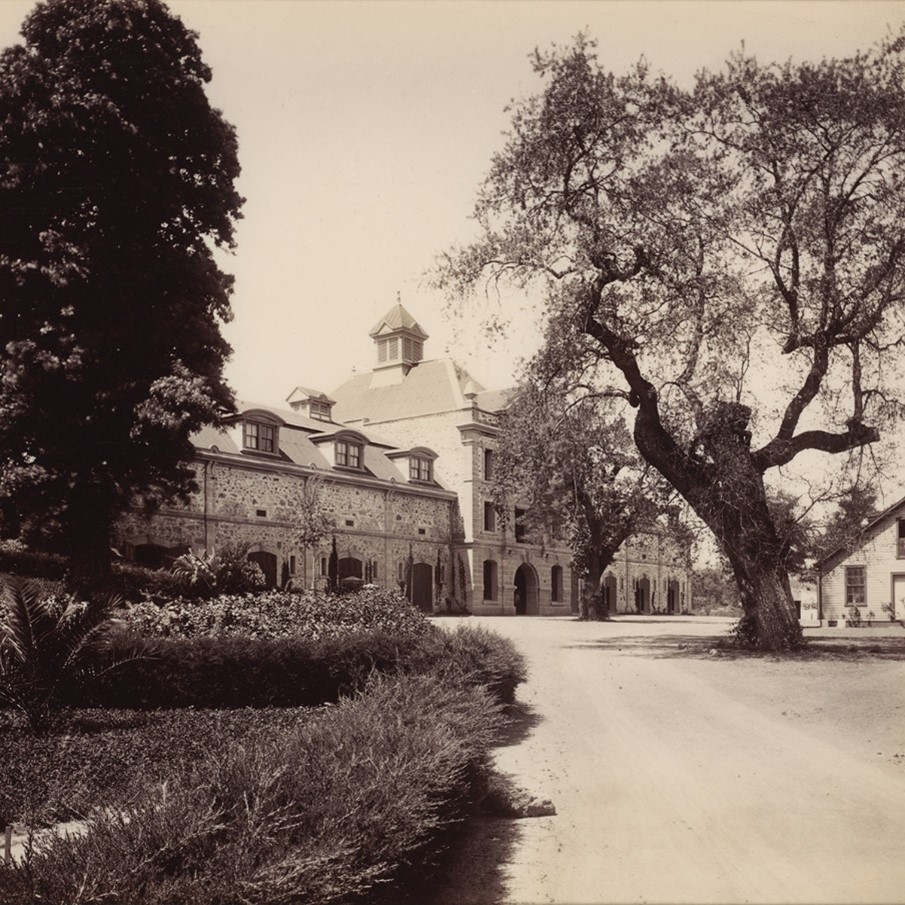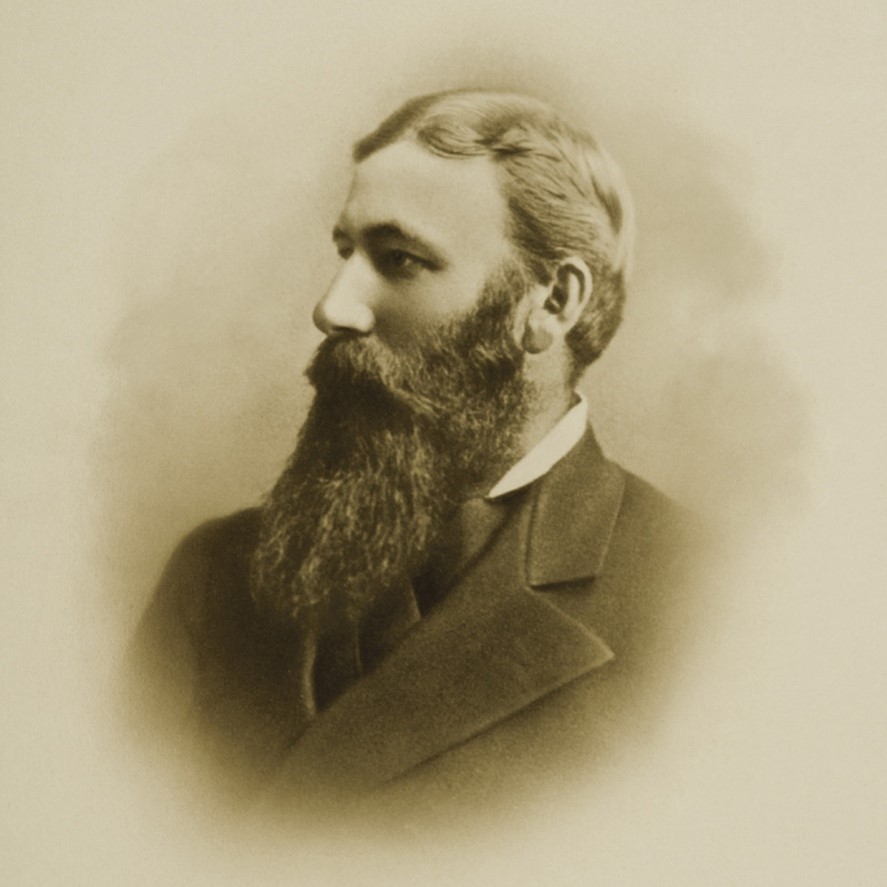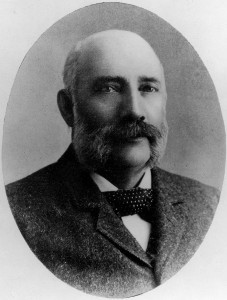Table of Contents

Many visitors to the National Museum of Civil War Medicine are surprised that we sell Napa Valley wine. They are even more surprised when informed that the wines being sold have a Civil War connection. In fact, the Sonoma and Napa Valleys in California are steeped with Civil War history, and that includes their lauded wineries. In this three-part series, we will be examining the various wines that we offer and how they are connected to the Civil War.

What is the connection between filmmaker Francis Ford Coppola, wine, and the Civil War? In the 1970’s, thanks to his cinematic success, Coppola bought Inglenook Winery, which was once the property of multi-millionaire Finnish sea captain Gustave Niebaum. The captain had made his fortune by partnering with the Alaska Commercial Company- opening trade links from the Alaskan Territory to the U.S.[1] In 1879, Niebaum purchased 450 acres and established Inglenook.[2] In 1881, he commissioned his former Alaska Commercial Company employee Hamden McIntyre to oversee Inglenook’s architectural design. McIntyre, a veteran of the Civil War, was born in Randolph, Vermont in 1834.[3] While serving as a volunteer in the civil service, he trained as a civil engineer and draftsman. McIntyre served the last six months of his four-year service as a soldier on active duty in the Civil War.[4] After the war, he moved to San Francisco to work “as part of a team of Vermont Yankees” chosen by his brother Dr. Hugh McIntyre to manage the re-organization of the Alaska Commercial Company.[5] There he met and befriended Gustave Niebaum, who would later offer him the job of designing and managing Inglenook. Thanks to his excellent work for Niebaum, McIntyre went on to help design cellars for many other wineries including (what are now called) the Culinary Institute of America, Trefethen Family Vineyards, Far Niente Winery, Del Dotto Vineyards, Beaulieu Vineyard, and Chateau Montelena.[6] Using native fieldstone quarried from nearby hills, McIntyre created a cellar 120 feet long and 55 feet wide, with “side-gabled roofs constructed of corrugated iron resting on a sub-roof of wood and concrete floors.”[7] This structural design became standard for McIntyre and came to be known as the “McIntyre footprint.” Construction of Inglenook was finished in 1888. The winery’s grapes were planted “in high density to lower yield and enhance the quality of the wines.”[8] On July 3, 1884, the St. Helena Star reported that:
Capt. McIntyre is discovering a talent for designing cellars that promise to be of great value to our vintners and has already been of advantage on several occasions. He it is [sic] who designed Christian Adamson’s [ed. note- known today as Frog’s Leap] and others and his practical knowledge of the requirements of winemaking, together with his mechanical and artistic skill in representing these ideas on paper, will probably make him, if his time permits, the most valuable assistance in that line that we have ever had…H.W. McIntyre has demands from all over the State for his ideas and plans for wine cellars. He is considered to be the best authority on the construction of wine cellars.[9]

McIntyre was also known for his innovation of gravity- flow wineries. In these wineries, grapes were taken to the third floor to be crushed. They were then fermented on the second floor before being taken down to the first floor to be aged in barrels. Napa’s wineries differed from their European counterparts because they included production facilities and storage on the same property. Further acclaim was awarded to Napa wine when Inglenook and Frog’s Leap (formerly Adamson Winery), won prizes at the 1889 World’s Fair in Paris.[10] Unfortunately, this marked the high point for the Napa Valley wine industry until the 1960’s. Due to a devastating root louse, Prohibition, and the Great Depression, wine manufacturing was all but abandoned until its reformation in the 1960’s.[11] In 1975, Francis Ford Coppola purchased Inglenook, renaming it the Niebaum-Coppola Estate Winery. In 2011, Coppola reverted the winery’s name to Inglenook in honor of its 19th century founder.[12] Although we do not sell Inglenook wine in our store, we do sell wines from one of Francis Ford Coppola’s other properties- the Francis Ford Coppola winery. Stop in and buy a bottle for your next social engagement—you will have an interesting story to share with your guests.
About the Author
Elizabeth Eisenstark first joined the Museum as a volunteer and is now on staff as Research and Collections Assistant. Elizabeth is a native Californian and graduated from the University of California Santa Cruz with a degree in History of Art and Visual Culture. She has previously worked in the Due Diligence industry—doing detailed background checks on companies and employees. Elizabeth enjoys sewing, rescuing rabbits, and spending time with her four tarantulas. The Museum caught her interest from a researcher’s standpoint, and she enjoys working with the staff and learning something new every day.
Sources
[1] “Gustave Niebaum – Cypress Lawn Heritage Museum.” Cypress Lawn Heritage Museum – Cypress Heritage Museum, 4 Sept. 2020, cypresslawnheritagefoundation.org/gustave-niebaum/.
[2] Ibid.
[3] Admin. “Hamden McIntyre.” Napa County Historical Society – Keeping History Alive, 7 Oct. 2015, napahistory.org/hamden-mcintyre/.
[4] Ibid.
[5] Ibid.
[6] Ibid.
[7] Ibid.
[8] Viticulture’s Promised Land: A Brief History of Napa Valley on JSTOR, www.jstor.org/stable/24889476. Accessed 21 Dec. 2023.
[9] Admin. “Hamden McIntyre.” Napa County Historical Society – Keeping History Alive, 7 Oct. 2015, napahistory.org/hamden-mcintyre/.
[10]Viticulture’s Promised Land: A Brief History of Napa Valley on JSTOR, www.jstor.org/stable/24889476. Accessed 21 Dec. 2023.
[11] Ibid.
[12] Dave, et al. “Inglewood Estate.” The Napa Wine Project, www.napawineproject.com/inglenook-estate/. Accessed 21 Dec. 2023.


